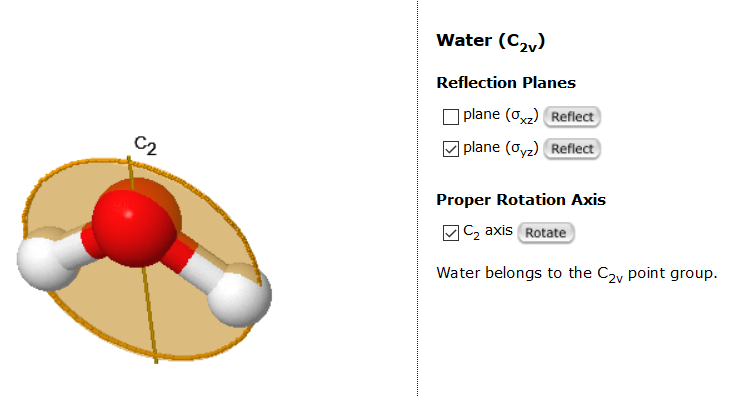How does the length of the z-component of the net dipole moment of ammonia relate to the actual length of the dipole moment vector?
1 Answer
Well, the length is identical. The dipole moment of ammonia is along its
The principal axis of rotation (
For instance, the
If you want to visualize this more, click on the image and try out the rotation yourself.
For ammonia, the
The dipole moment of ammonia points exactly along the
#vecmu = << mu_x, mu_y, mu_z >>#
#= << 0, 0, 1.48 >>#
The length of the vector is given by the vector magnitude:
#color(blue)(|| vecmu ||) = sqrt(mu_x^2 + mu_y^2 + mu_z^2)#
#= sqrt(0^2 + 0^2 + ("1.48 D")^2)#
#=# #color(blue)("1.48 D")#


